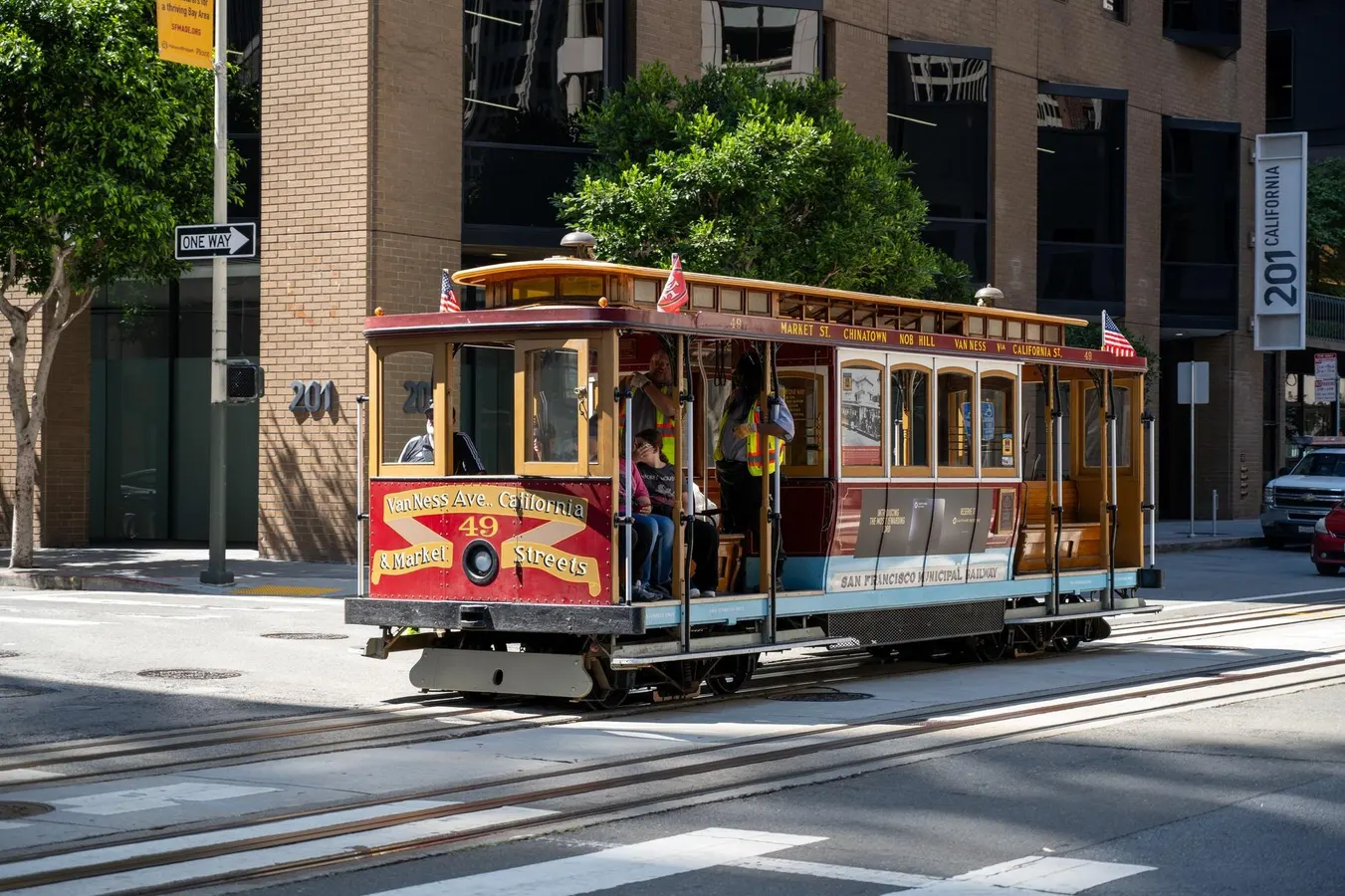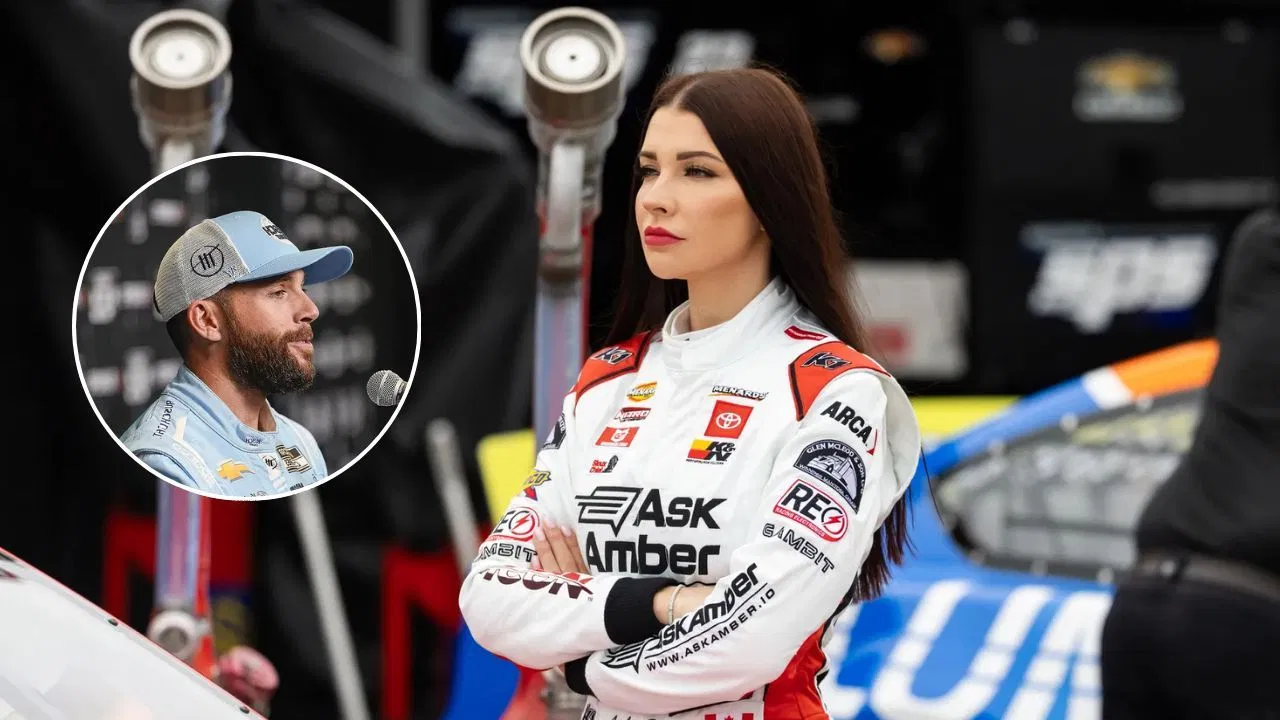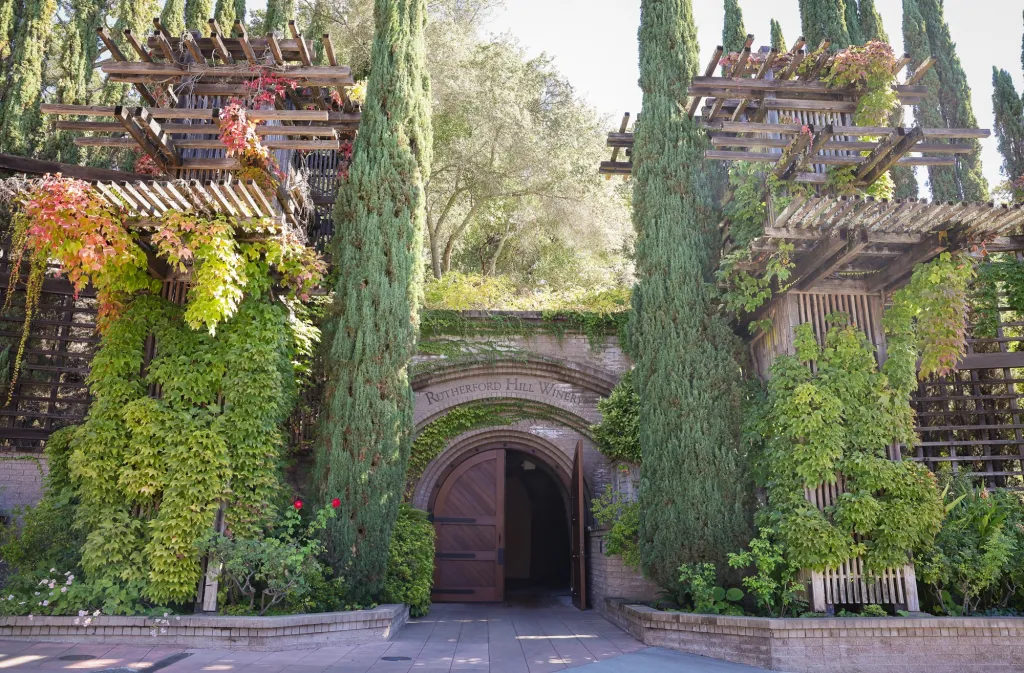Copyright forbes

Omio’s newly released NowNext ’25 research—based on insights from over 10,500 travelers across eight countries—reveals something fascinating about the American travel mindset. The opportunity for brands is to solve the “trust gap.” U.S. travelers want to explore more than anyone else, but they trust the very tools built to help them less than anyone else. San Francisco cable car traveling on California Street in the Financial District with office buildings in background, San Francisco, California, August 29, 2025. (Photo by Smith Collection/Gado/Getty Images) Gado via Getty Images That gap isn’t a flaw. It’s the single biggest opportunity in travel loyalty in a decade. Thirty-four percent of U.S. travelers want to travel more often than before, outpacing the global average of 30%. But when it comes to AI-generated travel suggestions, only 5% of Americans express interest—compared to 9% globally. This isn’t technophobia. It’s seasoned skepticism. Americans have witnessed the evolution of every “personalized” algorithm that never quite delivered, and they’ve seen one too many generic AI itineraries to mistake automation for insight. For loyalty leaders, this moment demands a shift in mindset: stop trying to replace human judgment—start amplifying it. Trust Travels by Word-of-Mouth When Omio’s data shows that only 26% of Americans rely on social media for travel inspiration (versus 29% globally), it signals something bigger than platform fatigue. Americans trust people more than pixels. TV and film influence 23% of global travelers but only 19% in the U.S. What holds the most sway? Personal recommendations (38%) and past experiences. That has massive implications for the future of loyalty. The brands that win American travelers in 2026 won’t be those with the flashiest influencer campaigns or the most “AI-powered” travel assistants. They’ll be the ones that systematically convert satisfied members into brand advocates. How? By engineering word-of-mouth, not waiting for it. Four ways to do it: 1. Incentivize referrals over time. Replace one-time bonuses with ongoing benefits that grow as a member’s network grows. When a friend travels, both parties benefit—turning sharing into value creation. 2. Enable real trip sharing. Make it simple for members to share actual itineraries, bookings, and experiences—not social media posts, but replicable travel intelligence. 3. Prioritize user-generated content. The most credible marketing asset isn’t an influencer with 100K followers—it’s your loyal traveler telling five friends about an incredible experience. 4. Support family and group travel. Americans travel to connect. Design shared point pools, group booking tools, and family status tiers that reward collective planning and connection. The Rise of the “Travel Thrifty” Omio’s study shows that 38% of global consumers now prioritize travel over other non-essential spending. They’re just being smarter about how they do it: 28% travel off-season, 27% plan further ahead, and 31% plan more flexibly. These travelers aren’t cheap—they’re strategic. Call them the Travel Thrifty: high-intent consumers determined to go more often, but with sharper tools and tighter budgets. Loyalty programs built for them look different: - Reward early planners. Offer extra points or discounts for bookings made 60, 90, or 120 days out. Make the program itself a planning companion. - Build in flexibility. Dynamic date search tools and price alerts give travelers control. Flexibility shouldn’t feel like compromise—it should feel like empowerment. - Celebrate the off-season explorer. Double points and exclusive perks for traveling when others don’t. Make “shoulder season” feel like insider status. - Show your work on pricing. Americans are skeptical of opaque algorithms. They’ll trust transparency—tools that show exactly how and why a fare changes. MORE FOR YOU AI Works When It’s a Tool, Not a Tour Guide Many brands still misunderstand where AI fits into the American travel experience. The Omio data shows that 35% of both global and American travelers are open to using AI to find the best travel deals. So, don’t let your AI recommend Bratislava—let it find the cheapest route there after the traveler chooses it. The playbook is simple: - Position AI as optimization, not imagination. “Let AI find you the lowest price” resonates. “Let AI plan your next trip” doesn’t. - Make the algorithm transparent. Show comparisons, variables, and reasoning. “Show your work” builds trust. - Highlight savings, not serendipity. Efficiency wins the day. Americans want proof that AI makes them smarter shoppers, not passive passengers. Sustainability That Feels Human While only 8% of U.S. travelers prioritize eco-friendly transport (versus 17% globally), that doesn’t mean Americans are indifferent to sustainability—it means they define it differently. When it comes to sustainability-related values, Omio’s study finds that 2925% of Americans view supporting local businesses as important when planning trips, and 3338% seek authentic cultural experiences. Americans connect “sustainable travel” with supporting communities, not carbon math. That’s a valuable insight for loyalty design. - Lead with cultural immersion benefits—local food tours, artisan markets, and small-business vouchers. - Frame sustainability through authenticity: “Experience it like a local” lands better than “reduce your footprint.” - Spotlight local partners in your ecosystem. When travelers see their loyalty points directly benefit communities, sustainability becomes tangible. The “Relaxation Tier” Is Coming After years of “do-it-all” travel, 2026 belongs to restoration. The report shows 46% of travelers want beach or relaxation trips, and 51% want to return feeling recharged. Yet most loyalty programs still reward activity—more points for more excursions, more interactions, more transactions. It’s time to reward rest. - Create recharge rewards for longer stays, wellness amenities, or quiet properties. - Introduce relaxation perks—spa credits, late checkouts, quiet zones. - Build low-engagement elite benefits that deliver value without requiring constant participation. A loyalty program that gives travelers permission to unplug will stand out in a marketplace obsessed with engagement. Gender Differences That Deserve Attention Globally, women are 50% more likely than men to reduce other spending in order to travel (24% vs. 16%). They also travel more often to connect with others (30%), while men are increasingly drawn to solo travel—19% more likely than before. Most loyalty programs ignore this nuance. The smart ones will design for it. - Offer choice at tier milestones. Connection perks (family pooling, group flexibility) versus solo perks (single supplement waivers, quiet lounges). - Recognize the planner. Women often organize group trips—acknowledge that labor through bonus points or simplified coordination tools. - Make solo travel premium. No penalties, better design, and seamless logistics. Solo shouldn’t feel like second-class. Three Mandates for Loyalty in 2026 1. Enhance judgment, don’t automate it. Americans want tools that make them better decision-makers, not replacements for their own instincts. 2. Engineer advocacy don’t hope for it. Word-of-mouth is the most powerful marketing channel—build systems that reward it. 3. Make value transparent. Opaque redemption charts and hidden fees erode trust faster than anything else. Why It Matters The American traveler of 2026 is ambitious but analytical, eager but economical, digitally native yet digitally skeptical. They’re the highest-intent travel market in the world—34% want to travel more—but they need loyalty programs grounded in transparency, community, and real value. Crack that code, and you won’t just win America. You’ll redefine what loyalty looks like everywhere else. Because if you can earn the trust of the most skeptical, most data-savvy travelers on earth—you’ve built something that works anywhere. Editorial StandardsReprints & Permissions



